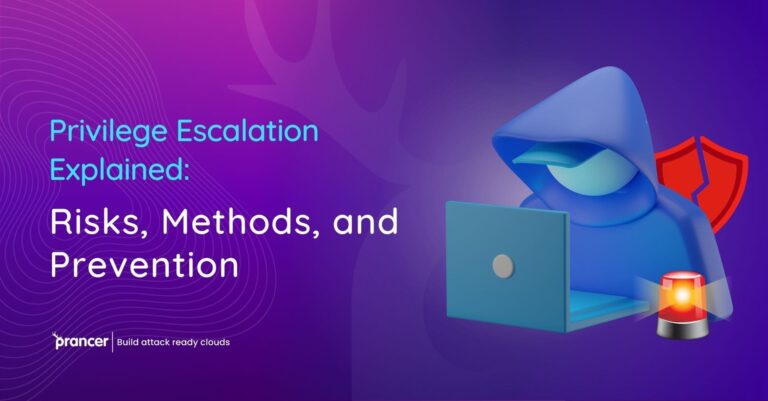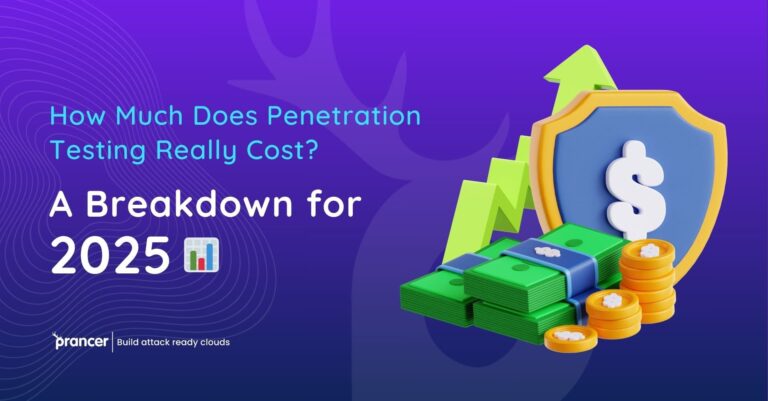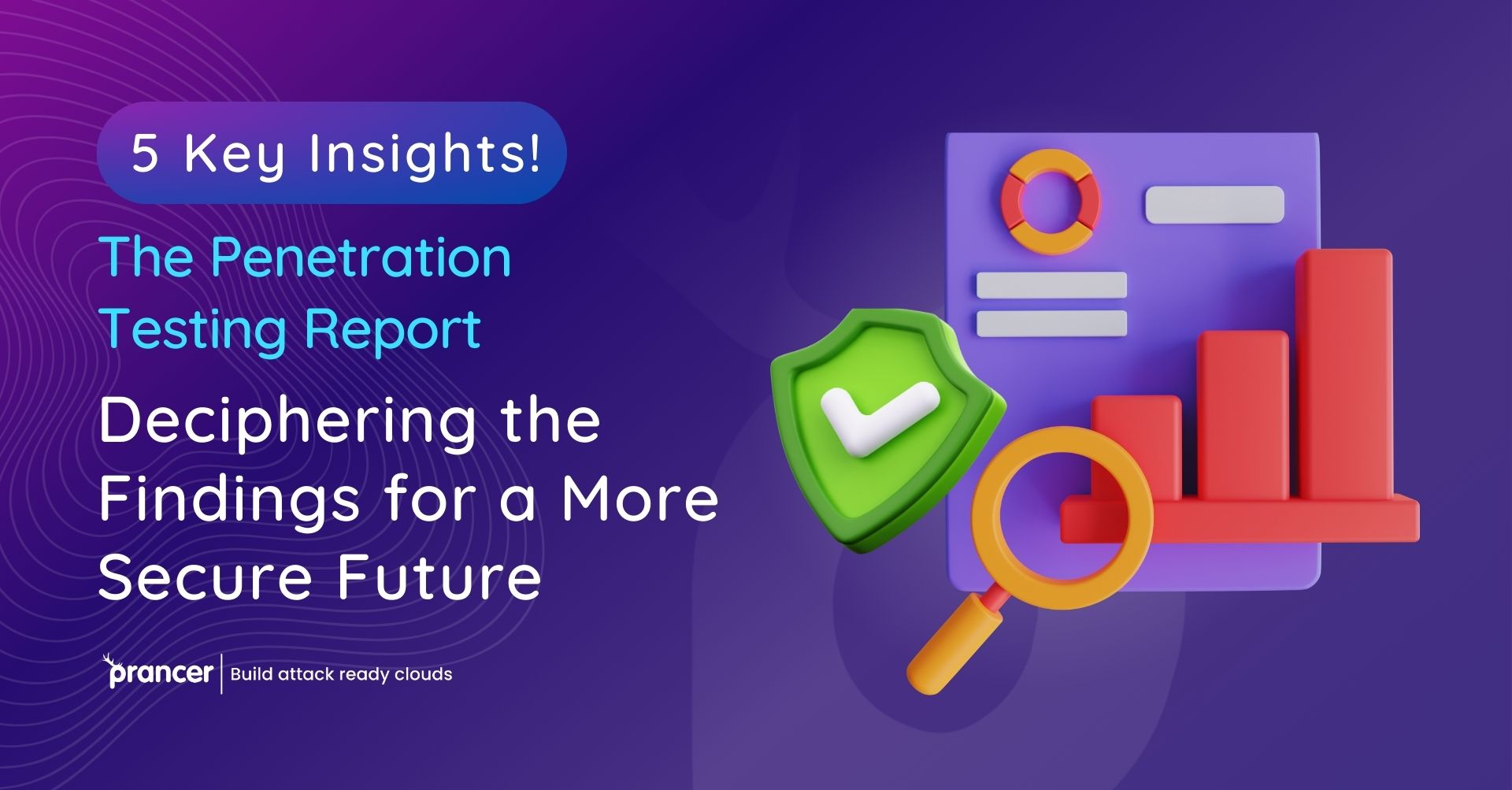




Cybersecurity, with its intricate facets, demands a vigilant approach to preempt potential breaches. One technique at the forefront is penetration testing. Yet, the efficacy of such a test is predominantly channeled through the penetration testing report. Let’s deep-dive into the nuances of these reports, spotlighting Prancer’s role, and understanding the merger of automated penetration testing with these insightful documents.
A penetration testing report is the magnum opus post a cybersecurity assessment. It’s not just about vulnerabilities detected but about narrating a story on security standings. Here’s a glimpse of what populates these reports:
To amplify understanding, let’s walk through a couple of examples:
Example 1: Web Application Security Analysis
Example 2: Corporate Network Security Overview
Structure is pivotal to convey intricate details succinctly. A consistent template for penetration testing reports encompasses segments like “Introduction,” “Scope and Objectives,” “Findings,” “Risk Assessment,” and so on. Using such a framework not only streamlines the generation of these reports but also ensures the inclusion of vital data points.
Prancer, a beacon in cloud security, significantly augments the penetration testing report sphere. How? Let’s elucidate:
Automated Penetration Testing: Amplifying the Report’s Relevance
In the dynamic world of cybersecurity, manual testing, though crucial, needs the augmentation of automation. Automated penetration testing tools are this augmentative force, offering incessant, scalable, and instantaneous assessments. This confluence of automated testing and the penetration testing report equips firms to:
An automatic penetration testing should be included while writing these reports as a way of underscoring its importance in Prancer’s role of improving their effectiveness. In this section, we shall discuss the importance of increasing the worth of penetration testing reports, which turns the report into a powerful tool for cybersecurity management by virtue of automation. The use of automated testing enables organizations to identify vulnerabilities faster; apply individualized remediation measures according to real-time risks; meet the changing standards; and continually review their cyber security stance. Apart from enhancing the value of the report, it provides organisations with an opportunity to conduct proactive activities against changing threats.
Penetration testing reports are very important in cybersecurity. They give full details about a company’s weaknesses and its protection plans for security issues. These reports describe everything from how testing is done to the weaknesses found and what they mean. Prancer’s automatic testing tools help make these reports better by speeding up finding weaknesses and making sure everything is safe. Joining automated testing with these reports not only makes it fast to find weaknesses, but also helps create special plans for fixing them and keeping up-to-date rules in security. This way turns the computer test report from just an evaluation paper into a smart tool for managing cybersecurity, staying ahead of changing online dangers.
Improving Cybersecurity through the Use of Automated Penetration Testing Reports
Detailed Penetration Testing Reports Creates Deeper Insights.
In the field of cybersecurity, penetration testing report is an important document in which a detailed analysis after conducting security assessment can be found. These reports are not just an enumeration of vulnerabilities; they provide a coherent account regarding how secure the organization is. Let’s review the new level of details and functionality these reports provide, particularly with automated penetration testing tools such as Prancer.
Thorough Penetration Testing Report are as follows;
A well-crafted penetration testing report typically includes:
Detailed Vulnerability Analysis:
A systematic description of each detected vulnerability, their technical characteristics and significance for the system.
Contextual Risk Evaluation:
The evaluation of each vulnerability as to what impact does it have on the overall business ecosystem, ranking them according to their level threat.
Mitigation Strategies:
Specific recommendations for overcoming every recognized weakness, whether short-term quick fixes or long term security policy alterations.
Compliance and Regulation Review:
An analysis of vulnerabilities in accordance with compliance standards and regulatory demands to ensure the organization’s adherence with law.
Leveraging Prancer’s advanced capabilities in reports.
Prancer’s role in augmenting penetration testing reports is multifaceted:
Dynamic Vulnerability Discovery:
employs advanced algorithms and constant scanning to detect vulnerabilities, some of which may be missed in manual evaluations.
Real-Time Threat Intelligence:
Is also an important source of information about new threats that organizations can respond to in a preemptive way.
Automated Risk Profiling:
Classifies risks automatically by severity and thereby helps to focus remediation efforts more efficiently.
Compliance Tracking:
Makes sure that the security measures fit with the expected standards and regulations, an important part of modern cybersecurity governance.
Case Studies: Real-World Usage of Automated Pentesting Reports
To illustrate the practical application, consider these scenarios:
E-Commerce Platform Security Review:
Objective: Evaluate the security of an e-commerce site.
Findings: Several automated tools identified SQL injections and cross-site scripting vulnerabilities.
Recommendations: Immediate implementation of measures to validate user input and regular code audits.
Financial Institution Network Analysis:
Objective: Lock down the internal network of a financial institution.
Findings: Discovered unprotected network misconfigurations and stale encryption protocols.
Recommendations: Reconfiguration of network and refreshment standards in cryptography.
How Automation Affects Pentesting Report Improvement
Automated penetration testing plays a pivotal role in enhancing the effectiveness of these reports:
Accelerated Vulnerability Detection:
Automates detecting vulnerabilities to enable faster response time.
Customized Remediation Plans:
In response, the tool produces tailored action plans in accordance with each discovered vulnerability’s nature and strength.
Continual Security Monitoring:
Provides continuous monitoring of the system whereby any new vulnerabilities are detected and dealt with in a timely manner.
Boosting Penetration Testing Reports Using Prancer’s Tools.
However, using Prancer’s penetration testing tools to automate the report generation streamlines this process and transforming static evaluations into living cyber-security management assets. They enable organizations to:
Identify vulnerabilities quickly and accurately.
Develop mitigation strategies that are based on immediate risk assessments.
Keep track of changing security standards.
They should regularly review and update their cybersecurity strategies for threats that continue to evolve.
With the help of automated tools such as Prancer, penetration testing reports are no longer mere assessment drives but strategic assets in cybersecurity management. This combination brings organizations an opportunity to make preemptive defensive measures, leading the field in a highly dynamic environment of cyber threats.
The penetration testing report isn’t merely a document; it’s a strategic tool that elucidates an organization’s cybersecurity health. Prancer, with its avant-garde tools, refines this process, ensuring proactive defenses. Melding penetration testing report with automated assessments crafts a formidable shield, arming organizations against the omnipresent and evolving cyber threats.
